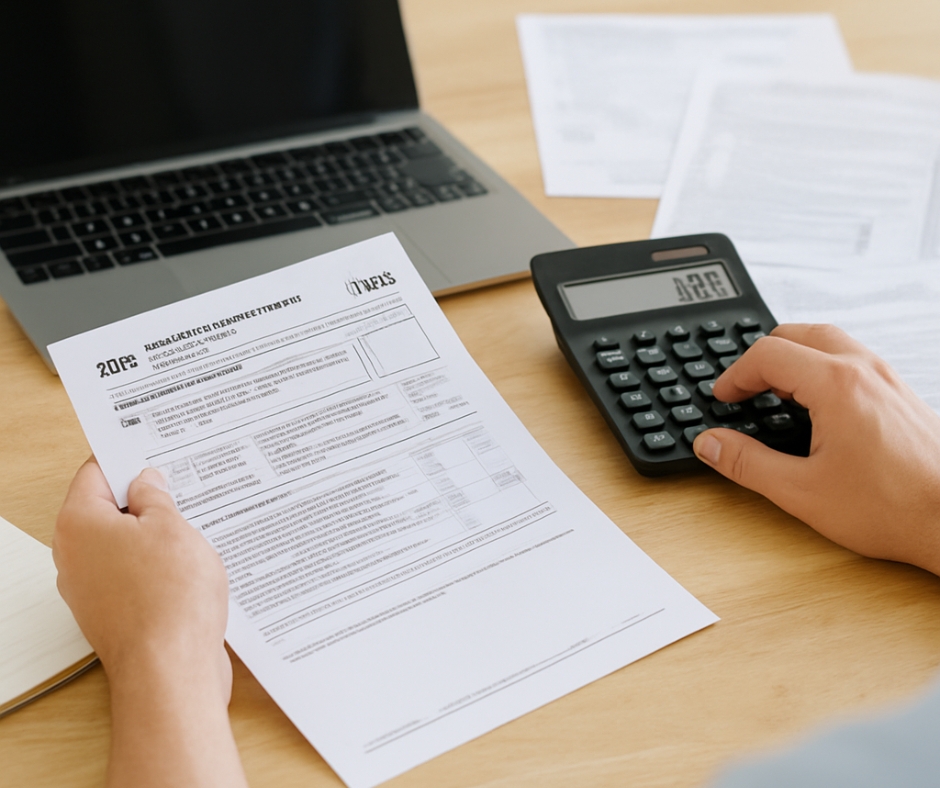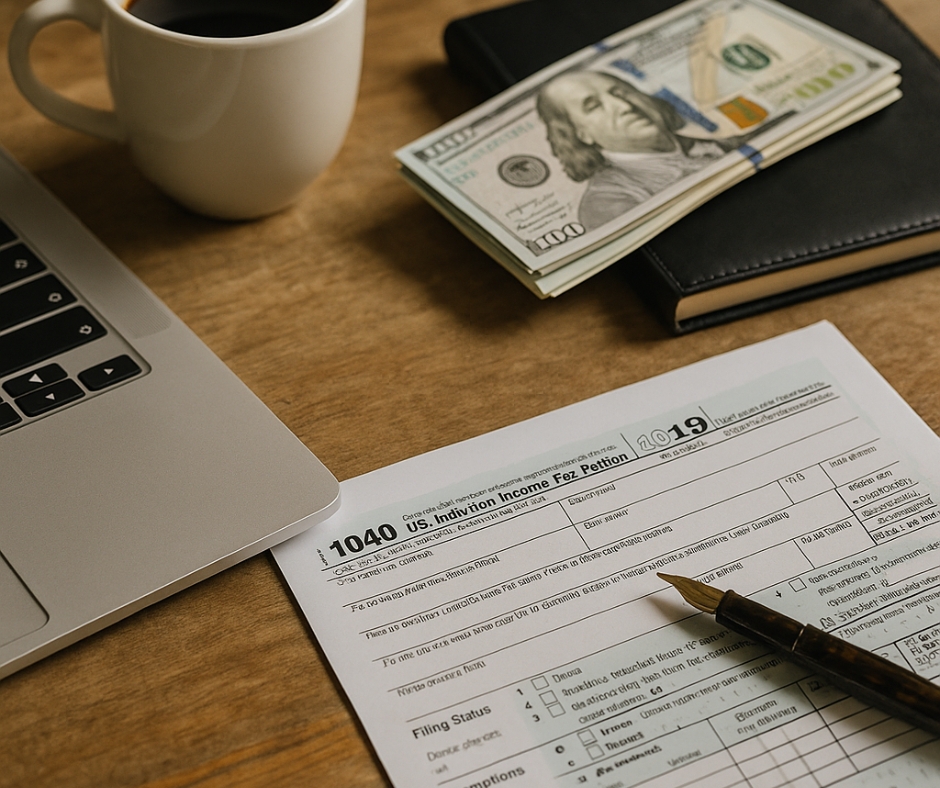In today’s digital age, understanding how to create an effective email marketing campaign is essential for any business aiming to engage with its audience and drive conversions. First and foremost, it’s important to start with a clear objective. Without a defined goal, your campaign will lack direction and purpose. For instance, whether you’re looking to increase sales, promote a new product, or simply keep your audience informed, knowing your goal is the first step toward success.
Next, crafting compelling content is crucial. Your emails should provide value to your readers, offering insights, updates, or exclusive offers that they can’t find elsewhere. Additionally, personalization is key. By addressing your recipients by their names and tailoring content to their preferences, you can significantly boost engagement rates.
Furthermore, designing visually appealing emails is a must. Not only should your emails be aesthetically pleasing, but they should also be easy to read and navigate. Use images, bullet points, and clear call-to-actions to guide your readers. Also, ensure your emails are mobile-friendly, as a large percentage of users will access them on their smartphones.
Moreover, segmenting your email list can lead to more targeted and effective campaigns. By categorizing your subscribers based on their interests, behaviors, or demographics, you can send more relevant content to each group. Consequently, this can result in higher open and click-through rates.
Testing and analyzing your campaigns is another vital step. A/B testing different elements of your emails, such as subject lines, images, and content, can help you understand what resonates most with your audience. Afterward, analyzing the results will provide insights into what’s working and what needs improvement.
In addition, timing plays a significant role in the success of your email marketing campaign. Sending your emails at the right time can increase the likelihood of them being opened and read. Research shows that the best times to send emails are usually mid-week and mid-morning.
Finally, maintaining a clean email list is essential for long-term success. Regularly updating your list by removing inactive subscribers ensures that you’re reaching an engaged audience. This not only improves your open rates but also reduces the chances of your emails being marked as spam.
In conclusion, knowing how to create an effective email marketing campaign involves a combination of strategy, creativity, and analysis. By setting clear goals, crafting engaging content, personalizing your messages, and continuously testing and refining your approach, you can create email campaigns that drive results and foster strong connections with your audience.













